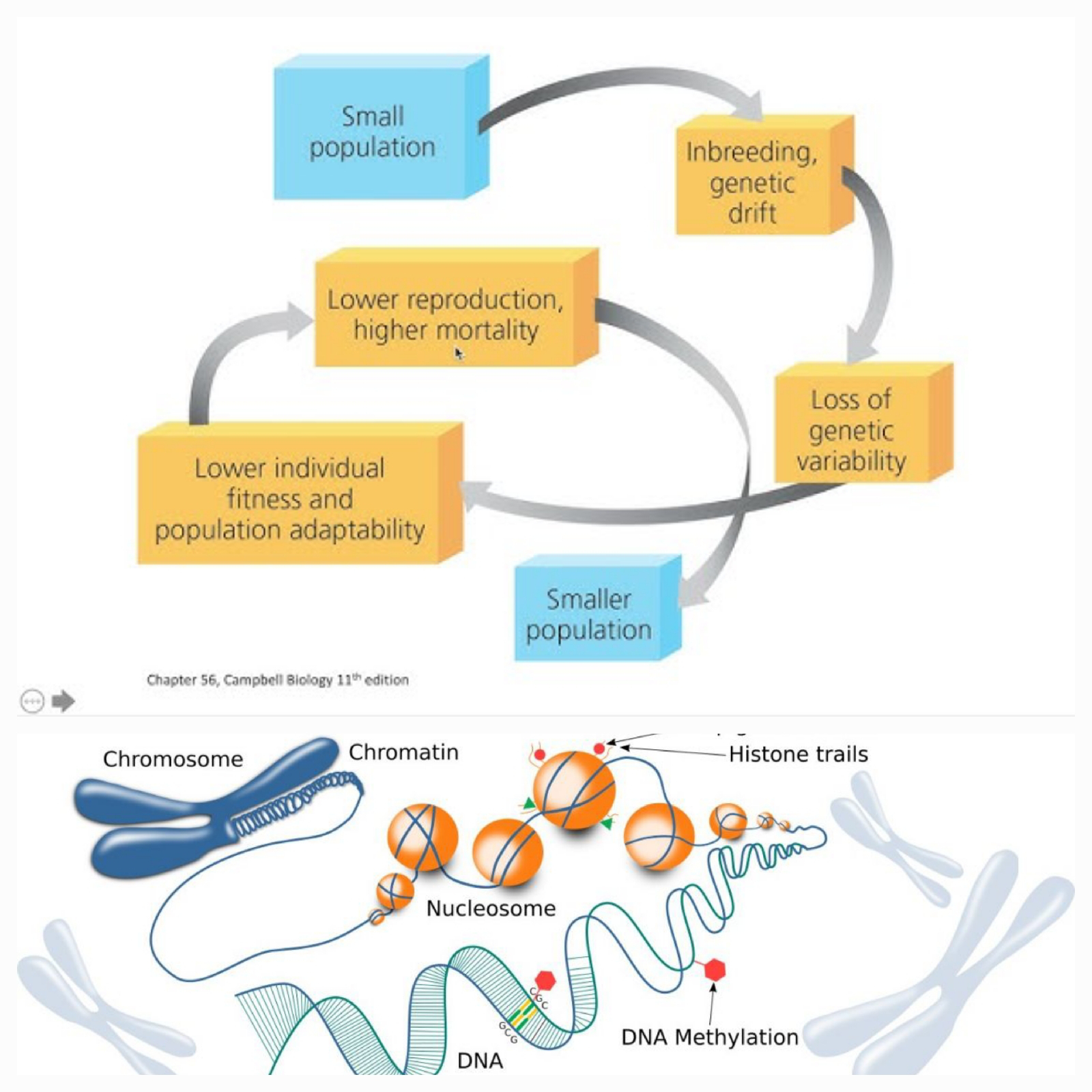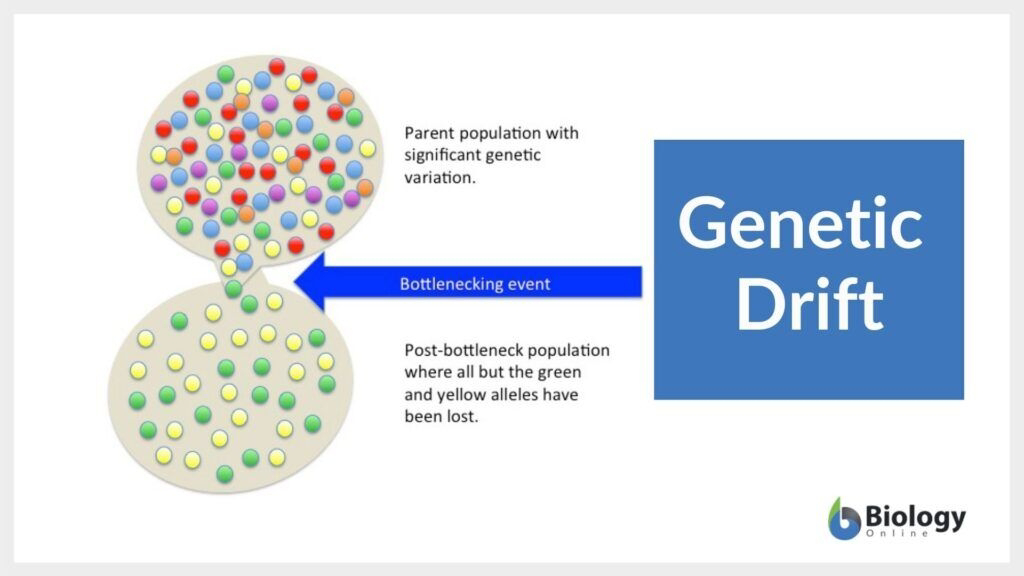Epigenetics drives Neo-Darwinian Genetic Drift
The journal article "The adaptive value of epigenetic mutation: Limited in large but high in small peripheral populations" delves into the significant role of epigenetic mutations in shaping adaptation, particularly within the context of peripheral populations. Its findings present a perspective that challenges traditional neo-Darwinian views, especially regarding the influence of genetic drift.
Here's a breakdown of the key points and how they relate to the challenge of neo-Darwinian genetic drift:
Core Findings:
Epigenetic Mutation Rate: The study highlights the significantly higher rate of epigenetic mutations compared to genetic mutations. This rapid turnover offers a more immediate source of phenotypic variation.
Peripheral Population Dynamics: It distinguishes between large and small peripheral populations, demonstrating that the impact of epimutations varies considerably between them.
Large Peripheral Populations: In these populations, where genetic drift is minimal, the study suggests that epimutations with random fitness effects primarily aid adaptation when migration rates are high, essentially overriding divergent selection.
Small Peripheral Populations: Here, where genetic drift is a powerful force, epimutations contribute to adaptation under a broader spectrum of evolutionary scenarios.
Challenging Neo-Darwinian Genetic Drift:
Neo-Darwinism, in its classical form, emphasizes the central role of genetic mutations and natural selection in evolution. Genetic drift, the random fluctuation of allele frequencies, is acknowledged, but its influence is often considered more pronounced in small populations, where its effects can override selection.
The study's findings challenge this view in several ways:
Epigenetics as a Significant Evolutionary Force: The study elevates epigenetics from a peripheral phenomenon to a significant driver of adaptive change. This challenges the strict gene-centric view of neo-Darwinism. Epigenetic changes, which alter gene expression without changing the underlying DNA sequence, provide a rapid and flexible mechanism for adaptation.
Epigenetics and Drift Interaction: The study demonstrates a complex interaction between epigenetic mutations and genetic drift. In small populations, where drift is strong, epimutations can enhance adaptation under a wider range of conditions. This suggests that epigenetic variation can counteract the potentially maladaptive effects of drift.
Adaptive Potential of Random Epimutations: The finding that even random epimutations can enhance adaptation, particularly when coupled with high migration, suggests that the evolutionary process may be more flexible and less strictly deterministic than traditional neo-Darwinian models imply. It shows that even random changes can be useful.
Speed of Adaptation: Epigenetic changes can happen faster than genetic changes. This speed allows for quicker adaptation to changing environments. This quick adaptation is very important for small populations that are highly vulnerable to environmental change.
In essence, the study suggests that:
Evolutionary adaptation is not solely driven by genetic mutations and selection.
Epigenetic variation offers a significant and rapid source of adaptive potential.
The interplay between epigenetics and genetic drift is more complex than previously thought, particularly in small populations.
By illuminating the adaptive value of epigenetic mutations, this research contributes to a more comprehensive understanding of evolutionary processes, pushing beyond the limitations of purely gene-centric neo-Darwinian perspectives.





Comments
Post a Comment